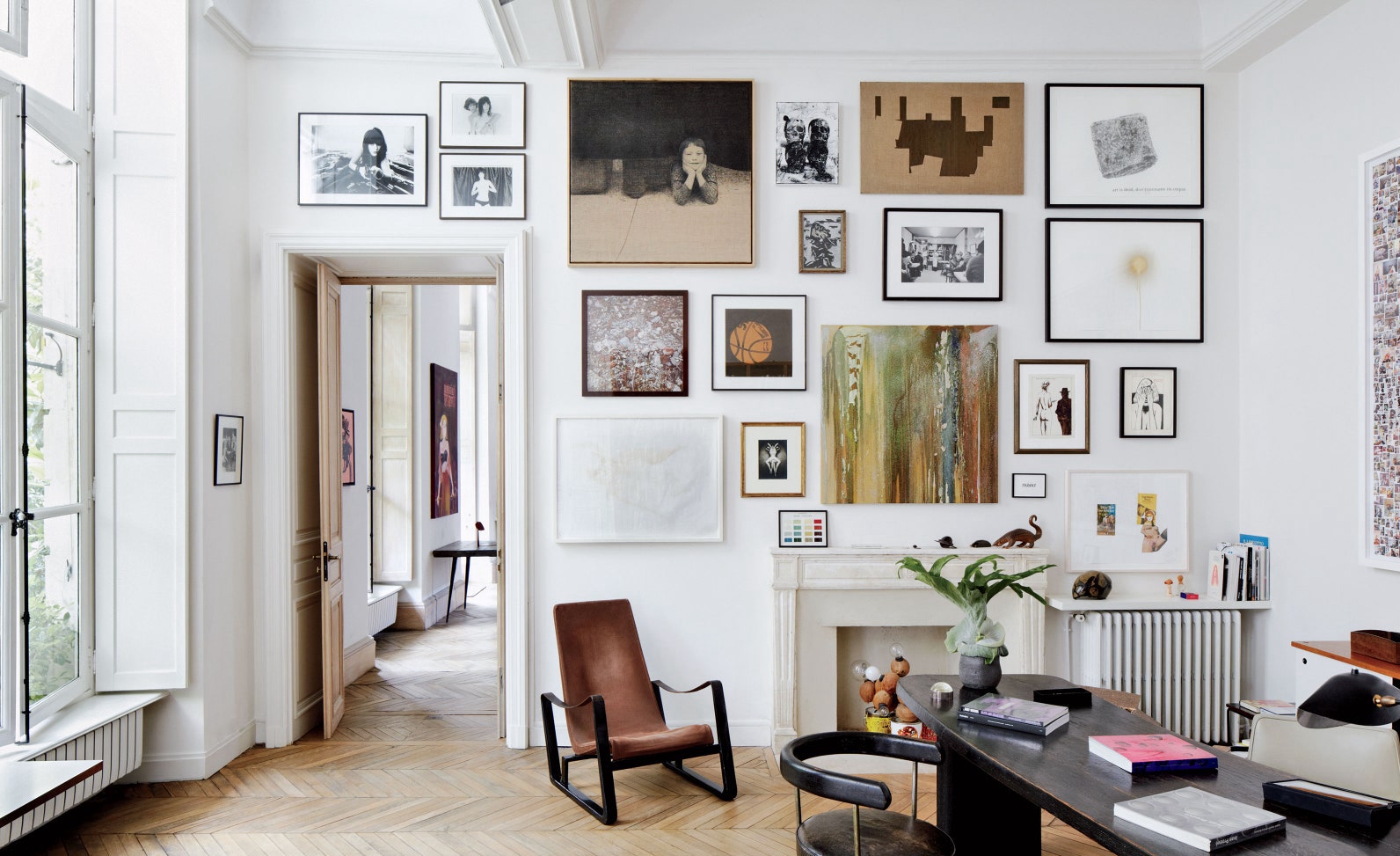

Articles
How To Style Wall Art
Modified: January 5, 2024
Learn how to style your wall art with our informative articles. Get inspired and transform your space with our expert tips and ideas.
(Many of the links in this article redirect to a specific reviewed product. Your purchase of these products through affiliate links helps to generate commission for Storables.com, at no extra cost. Learn more)
Introduction
Decorating our homes is an essential part of creating a cozy and personalized living space. One of the most effective ways to add character and visual interest to our walls is through the use of wall art. Wall art can range from paintings and prints to photographs, tapestries, and even sculptures. By carefully selecting and styling wall art, we can transform a plain wall into a captivating focal point that reflects our taste and personality.
In this article, we will explore the various aspects of styling wall art, from choosing the right pieces to proper placement and incorporating them into different room styles. We will also dive into some creative DIY ideas for those looking to add a personal touch to their wall art collection. Additionally, we will discuss framing and arranging techniques, as well as offer tips for cleaning and maintaining wall art to ensure its longevity.
Whether you are decorating a new home, updating your current space, or simply in need of a fresh way to elevate your walls, this article will guide you through the process of styling wall art effectively. So, let’s dive in and discover how to transform your walls into stunning visual masterpieces!
Key Takeaways:
- Transform your walls into captivating masterpieces by choosing wall art that reflects your personal style and complements your room’s aesthetic. Proper placement and incorporation into different room styles are key to creating a visually appealing and harmonious space.
- Infuse your creativity into your space with budget-friendly DIY wall art ideas, and elevate the visual impact of your wall art through thoughtful framing, arrangement, and proper maintenance. Let your walls tell a unique and beautiful story in your home.
Read more: How To Arrange Wall Art
Choosing the Right Wall Art
When it comes to choosing the right wall art, there are several factors to consider to ensure a perfect fit for your space. Here are some key considerations:
- Personal Preference: The most important factor in selecting wall art is your personal taste. Choose pieces that resonate with you and reflect your unique style and personality. It could be abstract art, landscape paintings, or even a collection of your favorite photographs.
- Room Size: Consider the size of the room where you plan to hang the wall art. A small room may benefit from smaller pieces or a gallery wall, while a larger space can accommodate larger artworks or a statement piece that commands attention.
- Color Palette: Take into account the color scheme of your room and choose wall art that complements or enhances the existing colors. You can either opt for artwork that blends in harmoniously or go for a bold contrast to create a striking visual impact.
- Theme and Mood: Determine the theme or mood you want to evoke in the room. Are you aiming for a serene and calming atmosphere? Consider landscapes or abstract art with soft hues. Looking to create a vibrant and energetic space? Opt for bold and dynamic pieces with vibrant colors.
- Artistic Style: Explore different artistic styles and find ones that resonate with you. From traditional and classic to modern and contemporary, there is a wide range of styles to choose from. Don’t be afraid to mix and match different styles to create a unique and eclectic look.
Remember, the key is to choose wall art that speaks to you and complements your overall interior design aesthetic. It should not only enhance the visual appeal of the room but also evoke emotions and create a sense of connection with the space.
Now that we have a better understanding of how to choose the right wall art, let’s move on to the next step: proper placement.
Proper Placement of Wall Art
Once you have selected the perfect wall art pieces, it’s crucial to consider their proper placement to ensure they have maximum impact. Here are some tips to help you with the placement:
- Eye Level Placement: When hanging wall art, a general rule of thumb is to position it at eye level. This means that the center of the artwork should be at approximately 57 to 60 inches from the floor. This height is ideal for most people to view the artwork comfortably without straining their necks.
- Consider Proportions: The size of the wall art and the wall itself should be proportionate. A small piece of art on a large empty wall may appear lost, while an excessively large piece on a small wall can overwhelm the space. Take measurements and consider the overall balance and scale of the room when determining the appropriate size of wall art.
- Grouping and Arrangement: Experiment with different arrangements and groupings to create visual interest. You can create a gallery wall by arranging multiple pieces of art in a cohesive manner. Consider variations in size, shape, and frame styles to add dimension and create a dynamic display.
- Focus on the Focal Point: If the room has a natural focal point, such as a fireplace or a large window, align the wall art around it to draw attention and enhance the focal point’s impact. This will create a harmonious and cohesive look in the space.
- Spacing and Balance: Pay attention to the spacing between the wall art pieces. Maintain a consistent gap of a few inches between each piece to create a balanced and cohesive arrangement. Step back and assess the overall composition to ensure there is no overcrowding or imbalance.
By following these placement tips, you can create a visually appealing display that enhances the beauty of your wall art and complements the overall aesthetics of your space. Remember, proper placement can elevate the impact of your wall art and transform your room into a work of art.
Now that we have covered the proper placement of wall art, let’s explore how to incorporate it into different room styles.
Incorporating Wall Art Into Different Room Styles
Wall art can play a significant role in setting the tone and enhancing the overall style of a room. By strategically choosing and incorporating wall art, you can create a cohesive and harmonious look. Here are some ideas on how to incorporate wall art into different room styles:
- Minimalist Style: In a minimalist room, opt for simple and understated wall art. Choose black and white photography, abstract pieces, or single-color paintings to maintain the clean and minimalist aesthetic. Focus on negative space and keep the arrangement minimal for a serene and uncluttered look.
- Bohemian Style: Embrace the eclectic and free-spirited nature of a bohemian room by incorporating a variety of wall art. Mix and match different styles, colors, and textures. Consider tapestries, macrame wall hangings, and vibrant prints to create a laid-back and artistic vibe.
- Industrial Style: Complement the raw and rugged look of an industrial room with bold and gritty wall art. Metal signs, abstract paintings with metallic accents, or urban graffiti prints can add an edgy and industrial feel to the space.
- Scandinavian Style: In a Scandinavian-inspired room, opt for minimalist yet cozy wall art. Choose nature-inspired prints, simple line drawings, or typography art with inspirational quotes. Stick to a neutral color palette with pops of pastels or earth tones for a serene and inviting atmosphere.
- Traditional Style: Incorporate classic and timeless wall art pieces in a traditional room. Consider landscape paintings, portraits, or antique-inspired prints. Opt for ornate frames and consider symmetrical arrangements to maintain a sense of traditional elegance.
These ideas are just a starting point, and you can always mix and match different room styles and experiment with your own unique combinations. The key is to choose wall art that complements and enhances the overall aesthetics of the room.
Now that we have explored how to incorporate wall art into different room styles, let’s discuss some creative and budget-friendly DIY wall art ideas.
When styling wall art, consider the size and shape of the wall, the color scheme of the room, and the overall aesthetic you want to achieve. Grouping different sized pieces together can create visual interest, and using frames that complement the decor can tie the room together.
DIY Wall Art Ideas
Creating DIY wall art is a fantastic way to add a personal touch to your space while unleashing your creativity. Here are some budget-friendly and inspiring DIY wall art ideas:
- Abstract Canvas: Grab a large canvas and some acrylic paints. Create bold and abstract brushstrokes using various colors. Let your imagination flow and experiment with different textures, shapes, and patterns to create a one-of-a-kind abstract masterpiece.
- Gallery of Photos: Print out your favorite photographs and create a gallery wall display. You can use simple frames or get creative with unconventional materials like washi tape or clothespins. Arrange the photos in a grid pattern or create an organic collage for a personalized and sentimental touch.
- Botanical Prints: Bring the beauty of nature indoors by creating botanical prints. Press flowers or leaves between the pages of a heavy book to preserve them. Once dried, mount them on a colorful background or frame them for an elegant and nature-inspired wall art piece.
- Typography Art: Get crafty with typography art by creating your own inspirational quotes or phrases. Use stencils or freehand your letters on a canvas or repurposed wooden board. Add some color or opt for a minimalist black and white design—let your words inspire and motivate you.
- Upcycled Wall Art: Look around your home for materials that can be transformed into unique wall art. Use old book pages to create paper flower wall decor or repurpose wooden pallets into a rustic-inspired art piece. Get creative and breathe new life into forgotten items.
These DIY wall art ideas allow you to infuse your personality into your space and create truly unique and meaningful pieces. Let your imagination run wild and have fun exploring different techniques and materials.
Now that we have covered some creative DIY ideas, let’s move on to talk about framing and arranging wall art.
Read more: How To Create Wall Art
Framing and Arranging Wall Art
Framing and arranging your wall art is crucial in enhancing its visual impact and ensuring a cohesive look. Here are some tips for framing and arranging your wall art:
- Choose the Right Frame: Select a frame that complements both the artwork and the overall style of the room. Consider the color, material, and thickness of the frame to create a cohesive look. For a modern aesthetic, opt for sleek and minimalist frames, while ornate frames work well in more traditional or vintage-inspired spaces.
- Consider Matting: Matting is a great way to add depth and visual interest to your wall art. It helps to create a separation between the artwork and the frame, enhancing its overall presentation. Choose a mat in a color that complements the artwork and the room’s color scheme.
- Experiment with Arrangements: When arranging multiple pieces of wall art, experiment with different layouts before committing to one. Start by arranging the pieces on the floor to visualize the layout. You can opt for a symmetrical grid pattern, an organic cluster, or a linear arrangement. Keep in mind the room’s proportions and focal points.
- Consider the Overall Balance: Pay attention to the overall balance and symmetry of the arrangement. Ensure that the sizes, shapes, and colors of the art pieces are distributed evenly to create a harmonious composition. Stand back and assess the arrangement from various angles to ensure it looks balanced from all perspectives.
- Anchor it with Furniture: When hanging wall art above furniture, ensure that it is at a visually pleasing height and proportionate to the size of the furniture. The bottom of the artwork should ideally be 6-8 inches above the furniture to create a cohesive connection between the two.
By paying attention to framing details and experimenting with different arrangements, you can elevate the visual appeal of your wall art and create a stunning display. Remember to step back and assess the arrangement from different angles to ensure it looks balanced and aesthetically pleasing.
Now that we have covered framing and arranging wall art, let’s move on to discuss some essential tips for cleaning and maintaining your wall art.
Tips for Cleaning and Maintaining Wall Art
Proper cleaning and maintenance of your wall art can help preserve its beauty and prolong its lifespan. Here are some essential tips for cleaning and maintaining your wall art:
- Dust Regularly: Dusting your wall art regularly is essential to prevent a buildup of dirt and debris. Use a soft, dry cloth or a feather duster to gently remove any dust from the surface. Avoid using abrasive materials or harsh chemicals that can damage the artwork.
- Keep Away from Direct Sunlight: Exposure to direct sunlight can cause colors to fade and artwork to deteriorate over time. Avoid hanging your wall art in areas where it receives direct sunlight for prolonged periods. If you have no choice but to hang artwork in a sunlit area, consider using UV-protective glass or acrylic frames to minimize sun damage.
- Protect from Moisture and Humidity: Moisture and high humidity can cause irreversible damage to your wall art. Avoid hanging artwork in areas prone to moisture, such as bathrooms or kitchens. If you live in a humid climate, consider using a dehumidifier in the room or adding moisture-absorbing packets to avoid mold or mildew growth.
- Handle with Care: When handling your wall art, make sure to do so with clean hands to avoid transferring oils or dirt onto the surface. Use two hands to hold and carry larger pieces to prevent accidental drops or damage.
- Professional Cleaning and Restoration: If your wall art requires a more thorough cleaning or restoration, it’s best to consult a professional art conservator or restorer. They have the expertise and proper tools to clean and repair your artwork without causing further damage.
By following these tips, you can ensure that your wall art remains in excellent condition for years to come. Regular maintenance and proper care will help preserve its beauty and investment value.
Now that we have covered the essential tips for cleaning and maintaining wall art, let’s wrap up our discussion.
Conclusion
Wall art has the incredible power to transform a plain wall into a captivating visual masterpiece that reflects your personal style and adds character to your space. By choosing the right wall art, properly placing and arranging it, incorporating it into different room styles, exploring DIY ideas, and taking proper care of it, you can create a striking and personalized ambiance in your home.
When selecting wall art, remember to consider your personal preference, room size, color palette, theme, and artistic style. These factors will help guide you to choose pieces that resonate with you and enhance the overall look of the room.
Proper placement of wall art is essential to ensure maximum impact. Pay attention to eye-level placement, consider proportions, experiment with arrangements, and maintain balance and spacing between the pieces. These techniques will help create a visually appealing and cohesive display.
By incorporating wall art into different room styles, you can enhance the overall aesthetics and create a harmonious look. From minimalistic to bohemian, industrial to Scandinavian, there are endless possibilities to explore and experiment with.
For those looking to add a personal touch, DIY wall art ideas provide a creative and budget-friendly solution. Let your imagination run wild with abstract canvases, photo galleries, botanical prints, typography art, and upcycled creations—all unique and reflective of your creativity.
When framing and arranging wall art, choose frames that enhance the artwork and the room’s style. Experiment with layouts, consider balance and symmetry, and anchor the artwork with furniture for a cohesive look.
Lastly, proper cleaning and maintenance of wall art is crucial for its preservation. Regular dusting, protection from direct sunlight and moisture, careful handling, and seeking professional help when needed can ensure the longevity and beauty of your wall art collection.
In conclusion, the art of styling wall art is a combination of personal expression, creativity, and attention to detail. By following the tips and techniques outlined in this article, you can transform your walls into stunning displays that reflect your style, evoke emotions, and create a visually captivating environment.
So, unleash your creativity, explore different styles, and let your wall art tell a unique and beautiful story in your home!
Frequently Asked Questions about How To Style Wall Art
Was this page helpful?
At Storables.com, we guarantee accurate and reliable information. Our content, validated by Expert Board Contributors, is crafted following stringent Editorial Policies. We're committed to providing you with well-researched, expert-backed insights for all your informational needs.
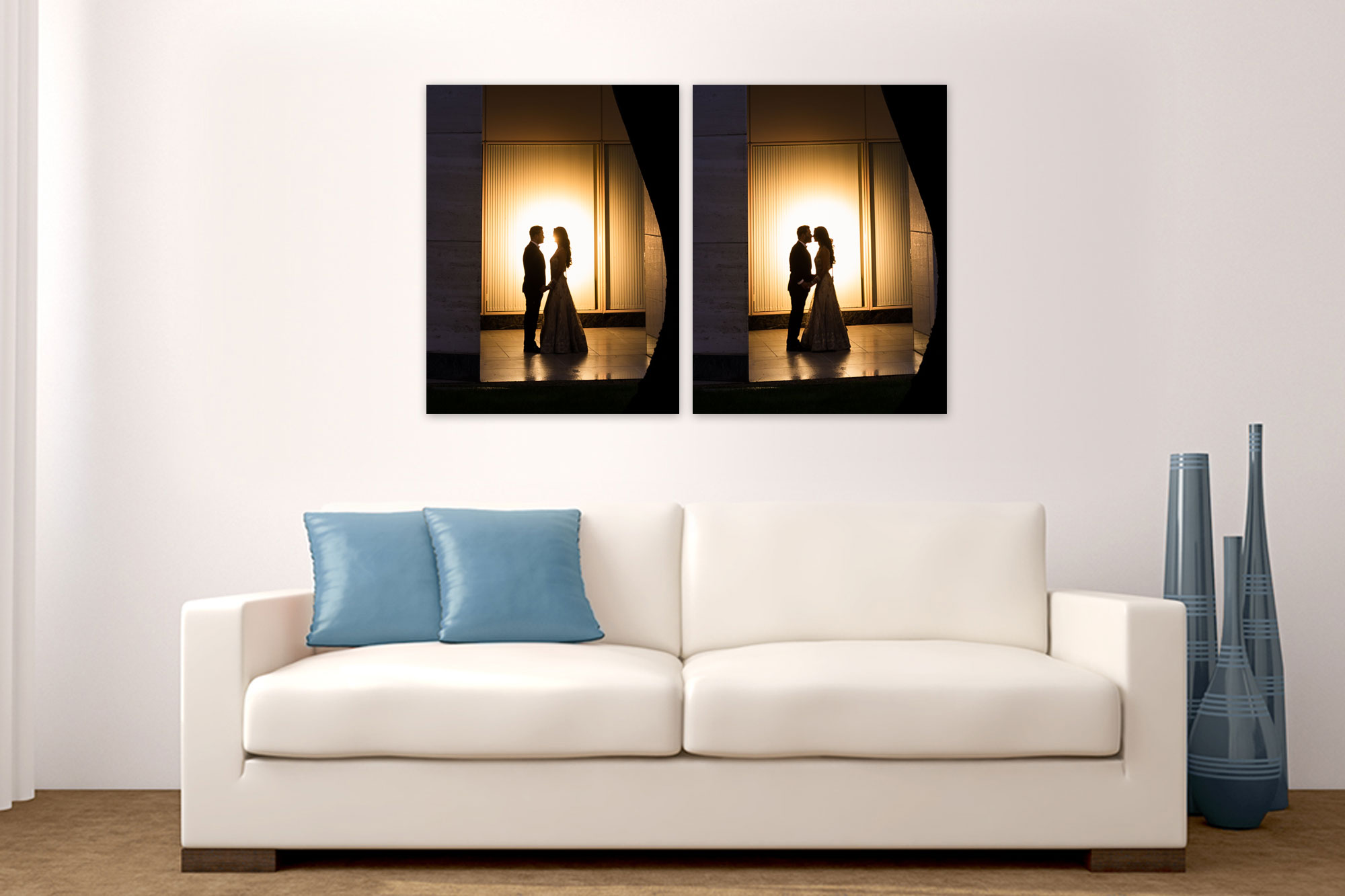
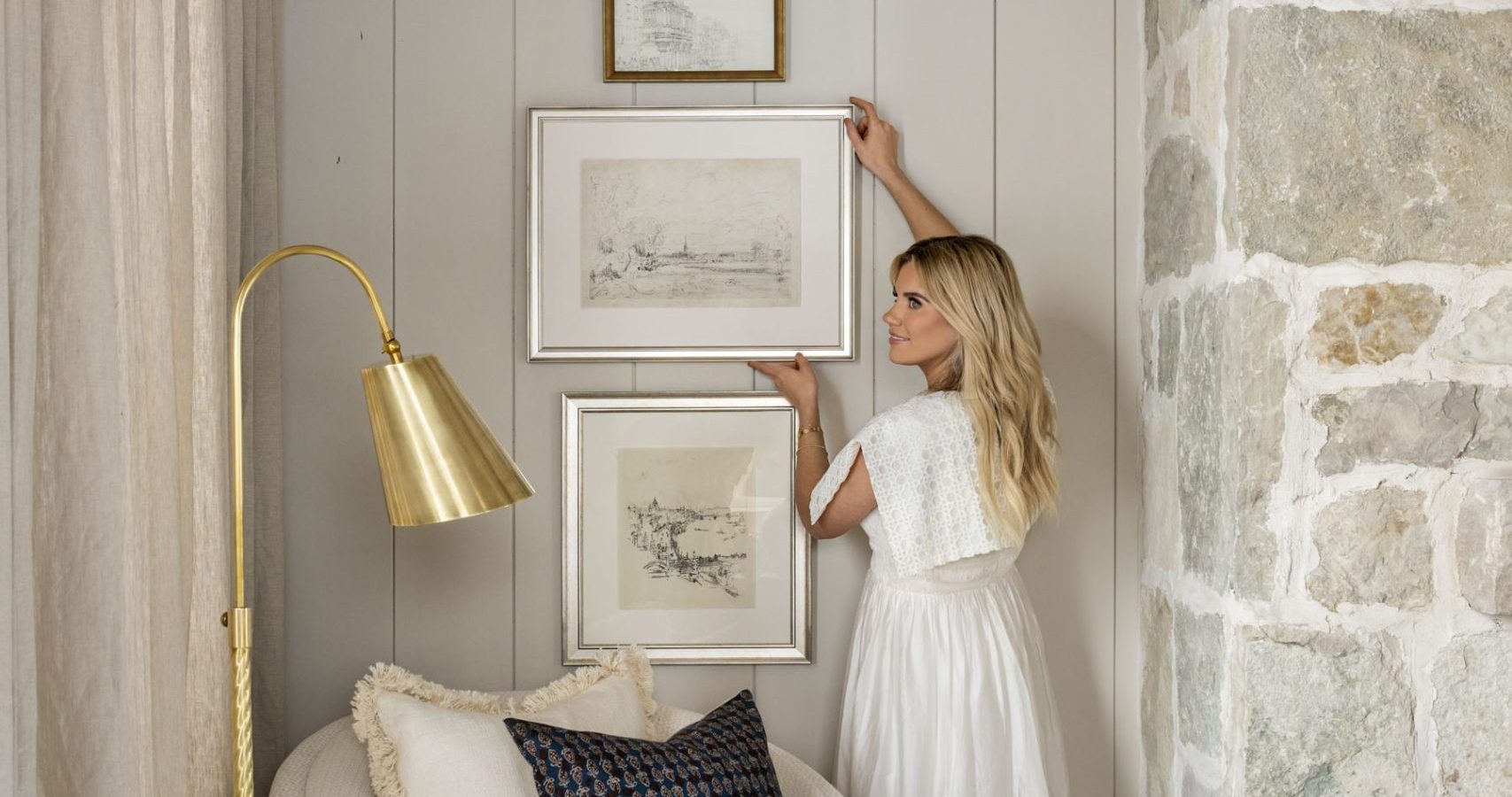
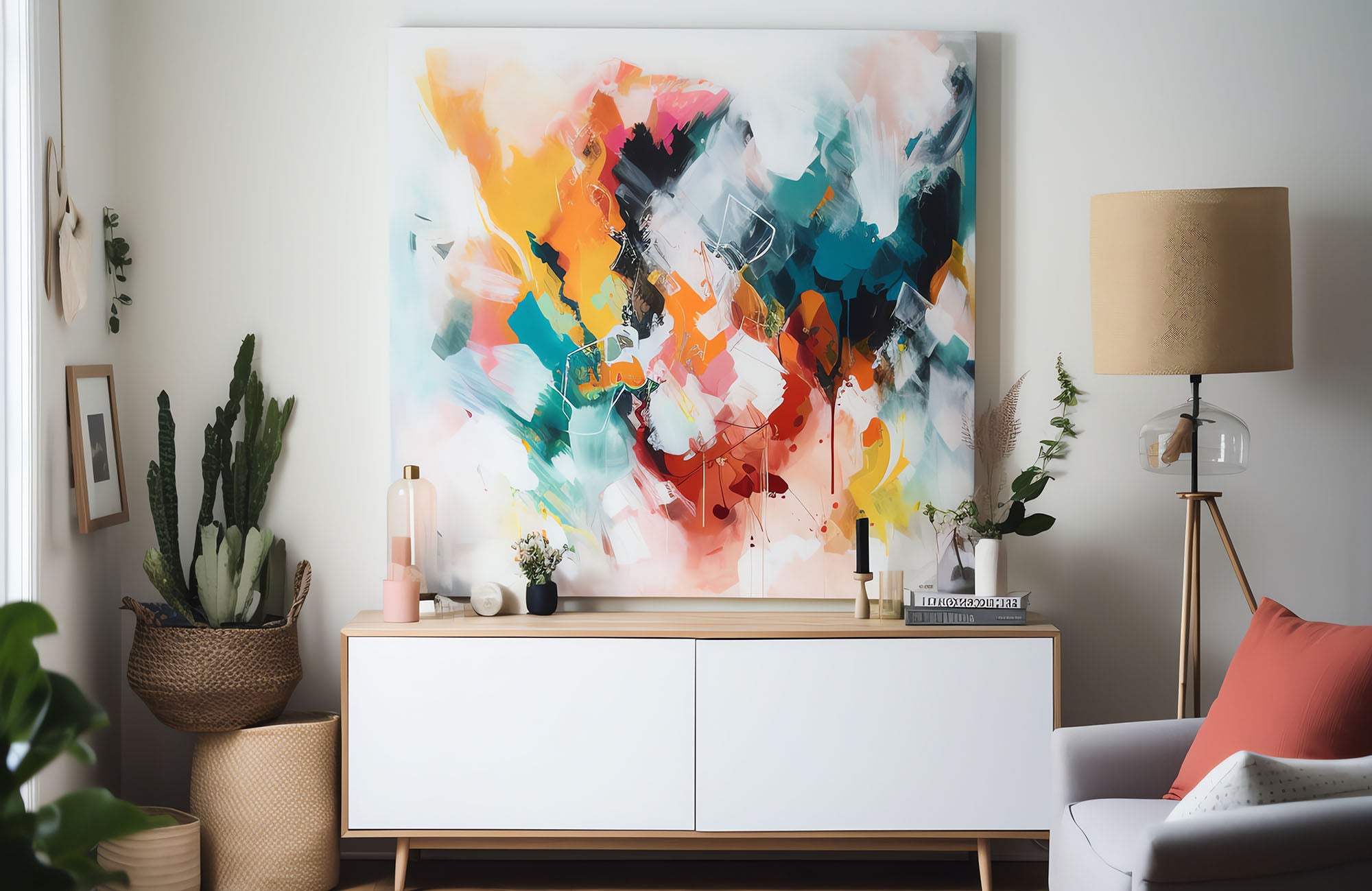

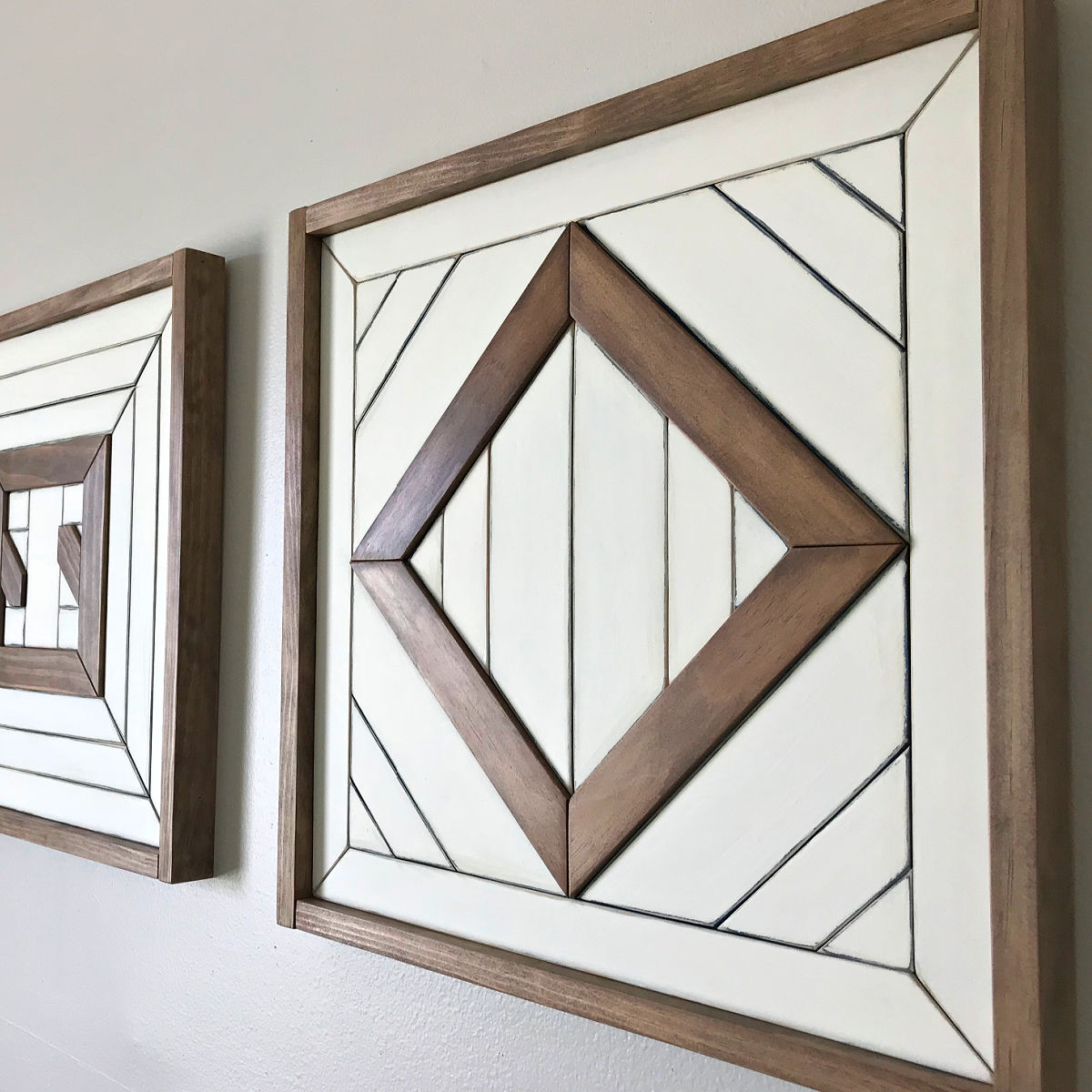
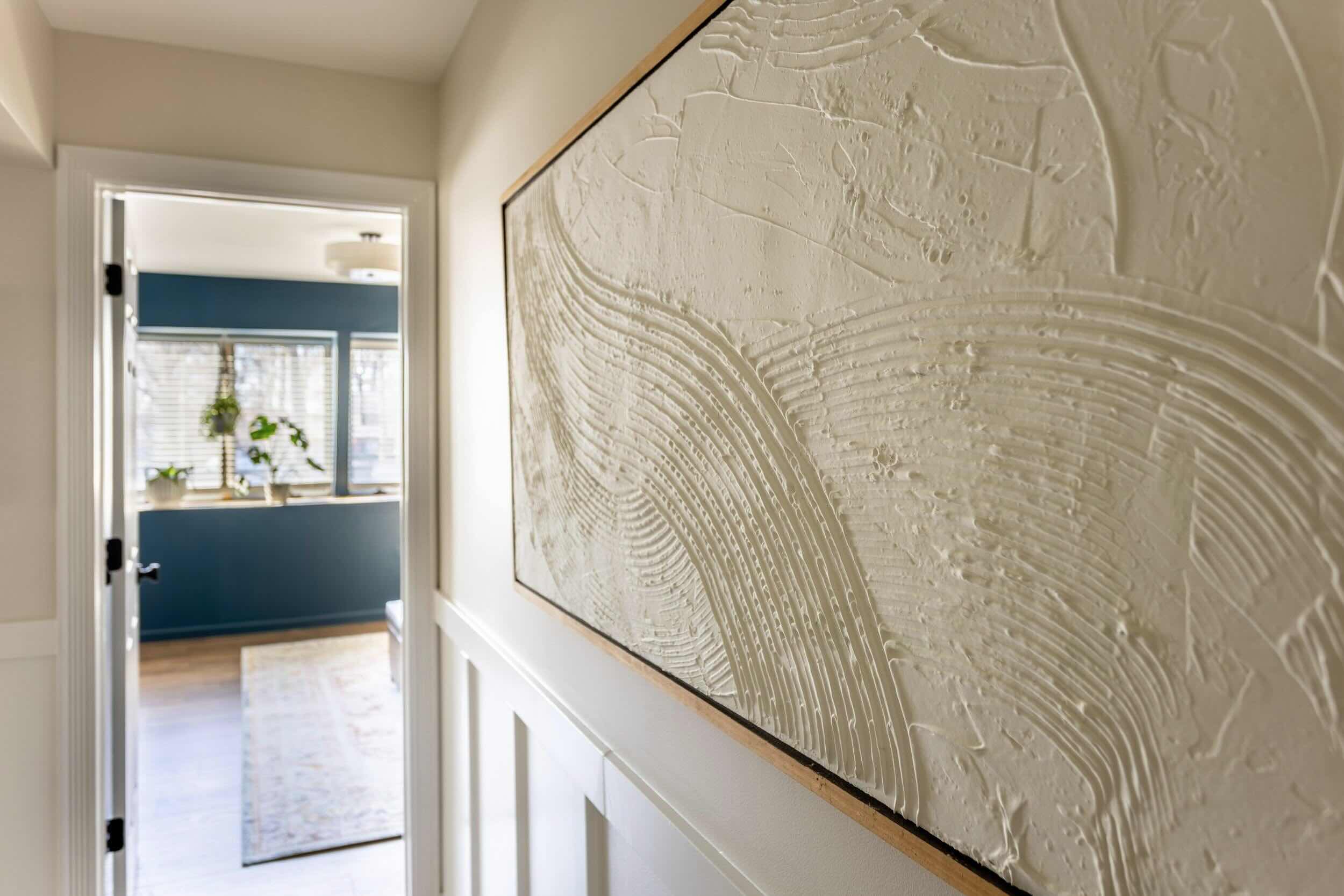
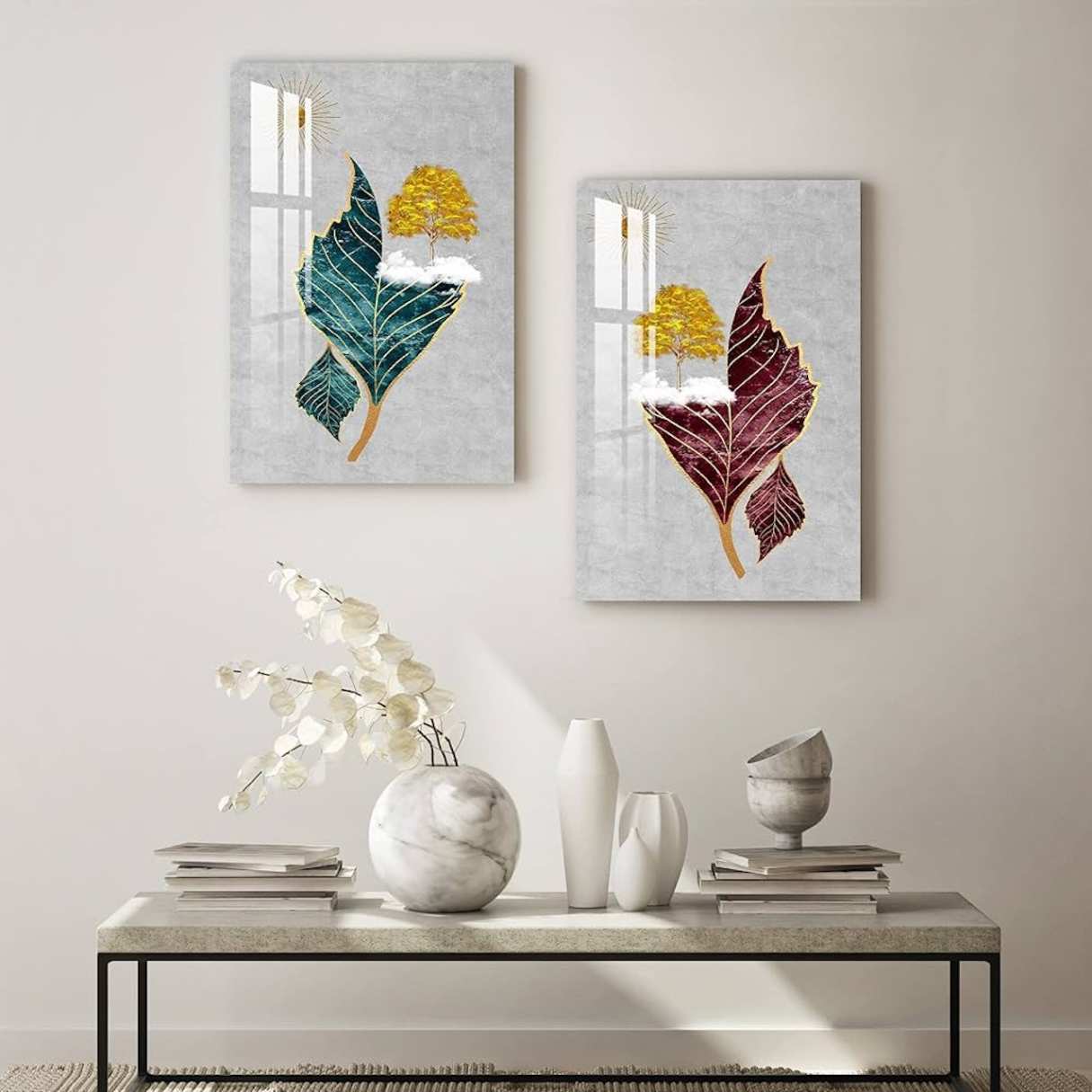
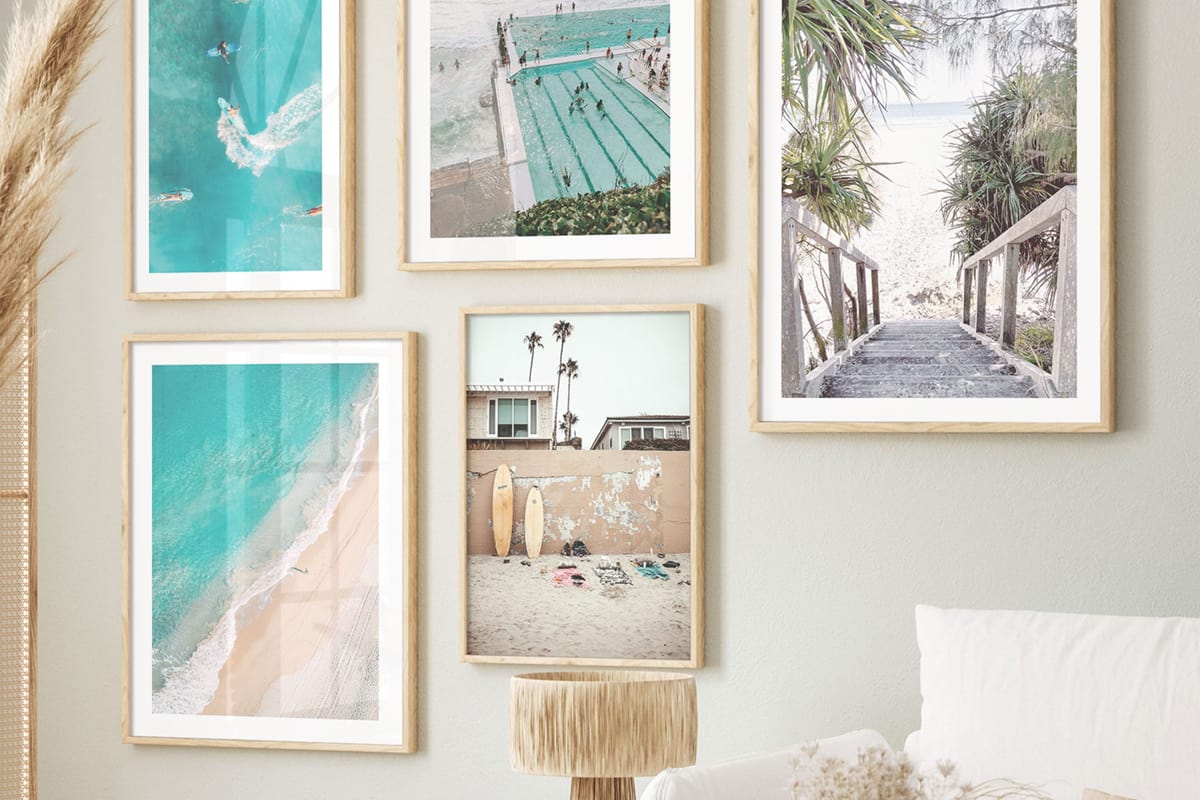
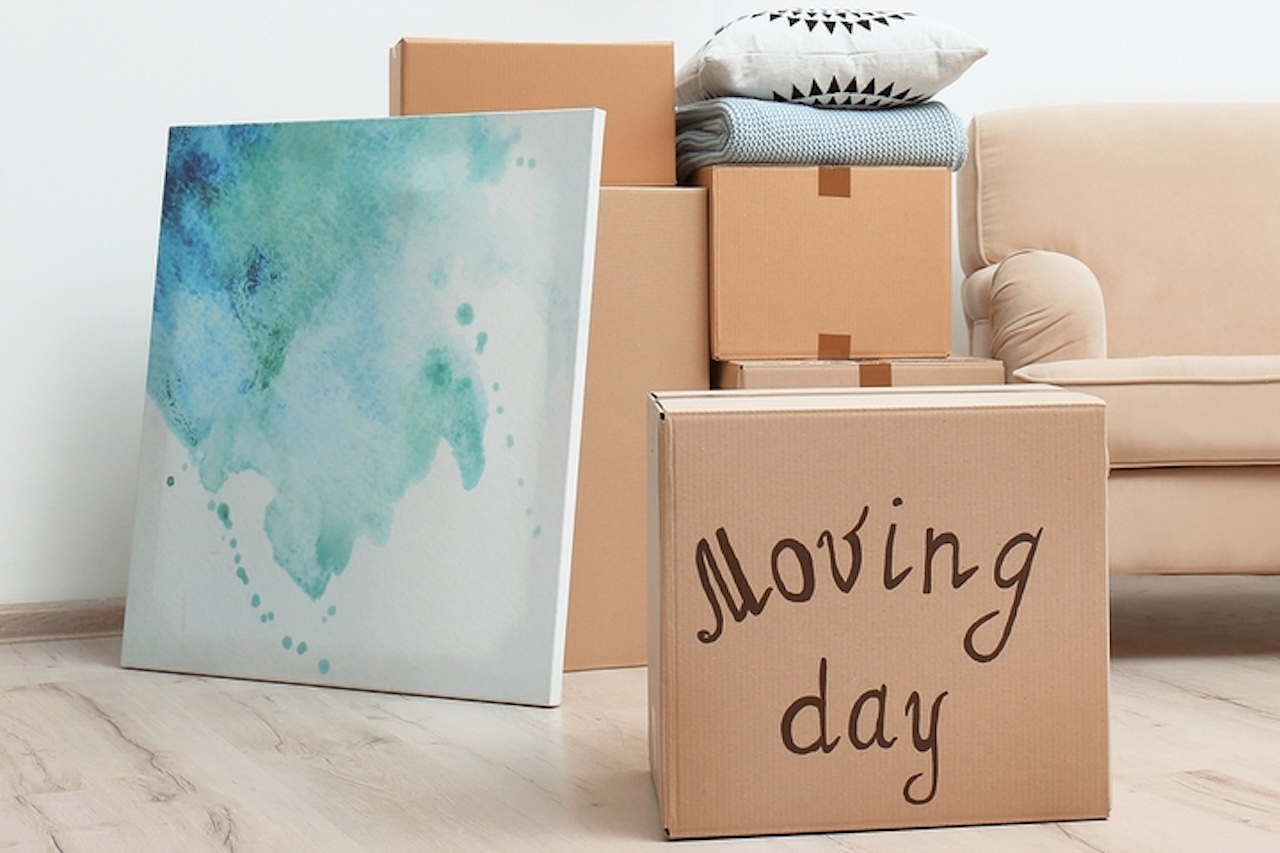
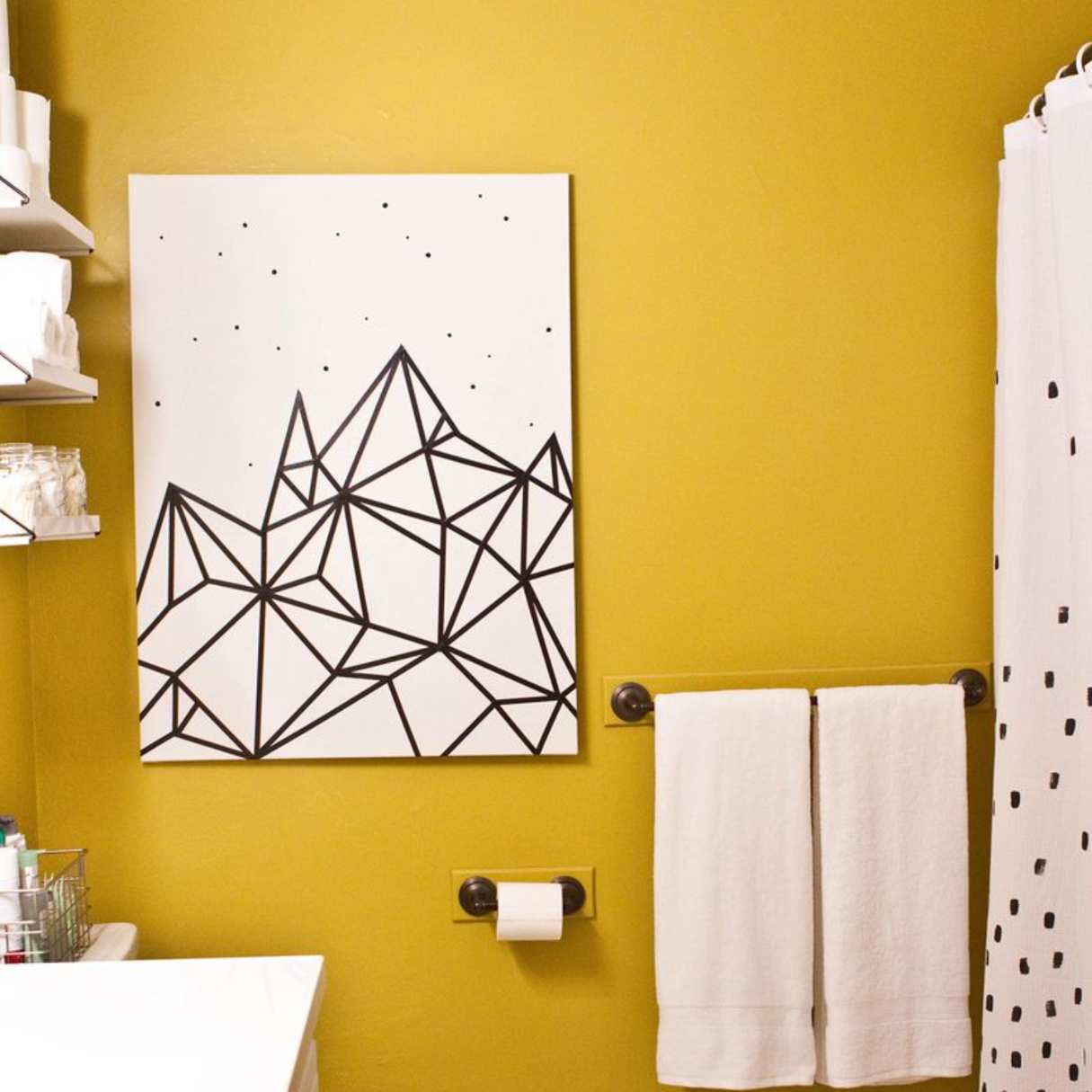
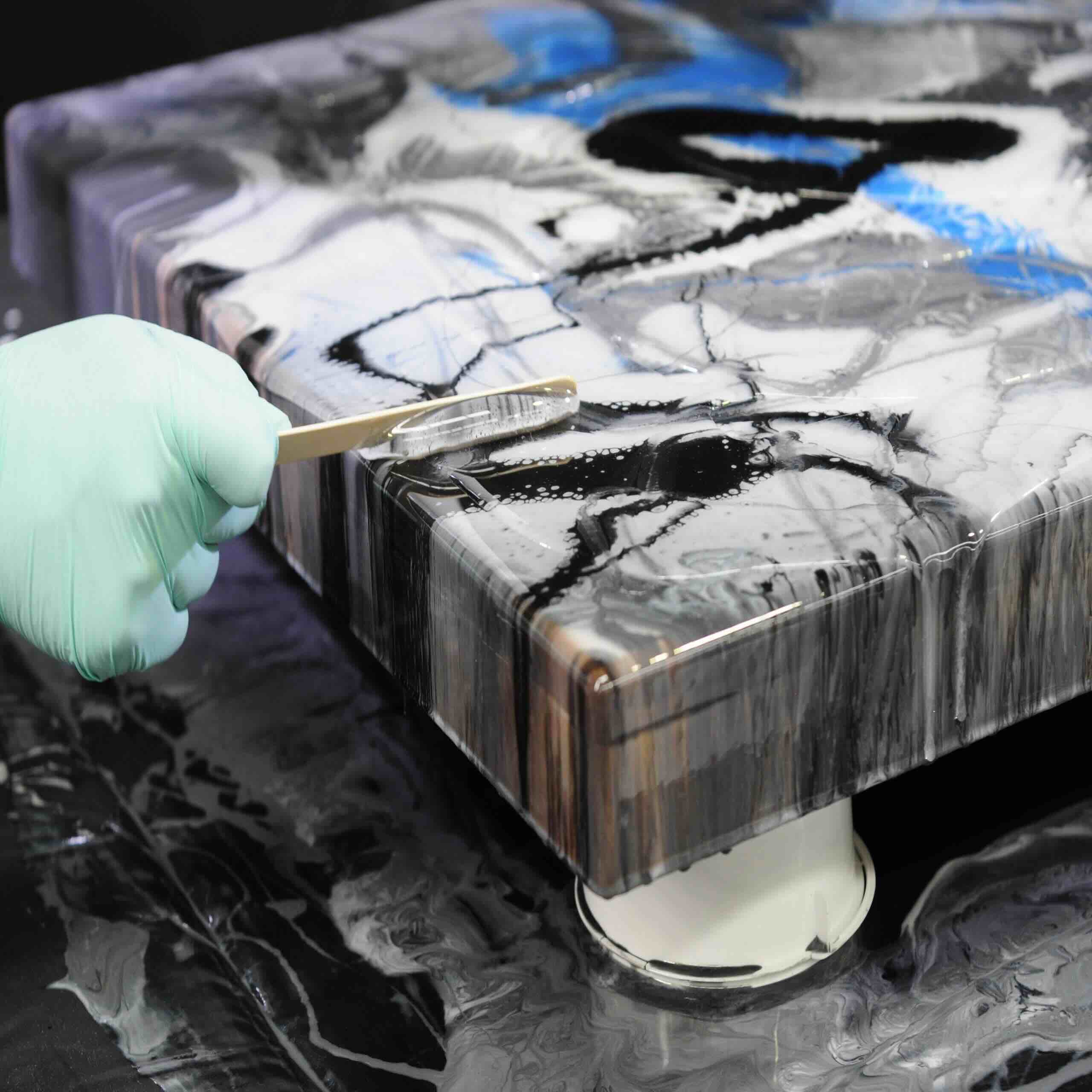
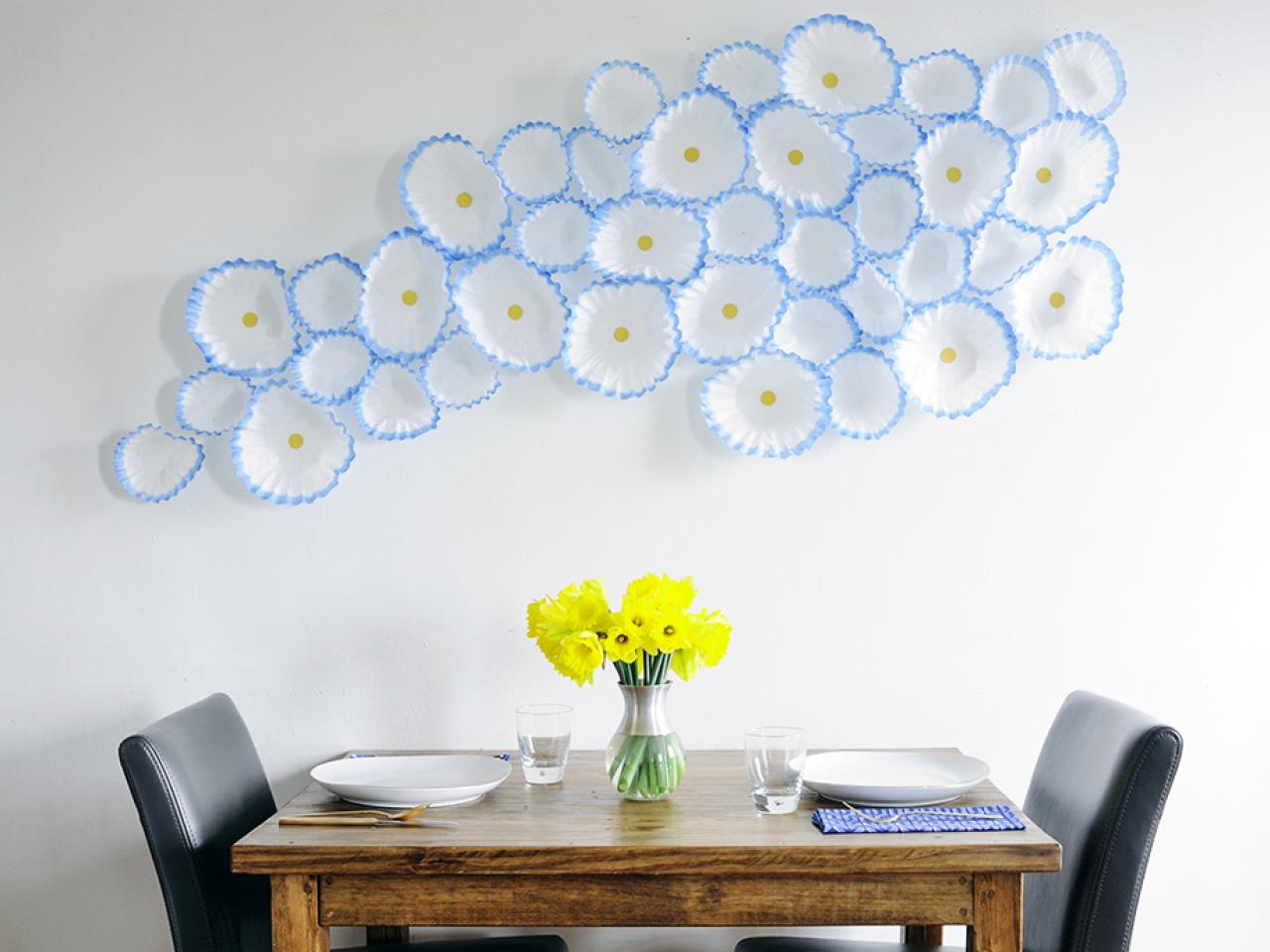
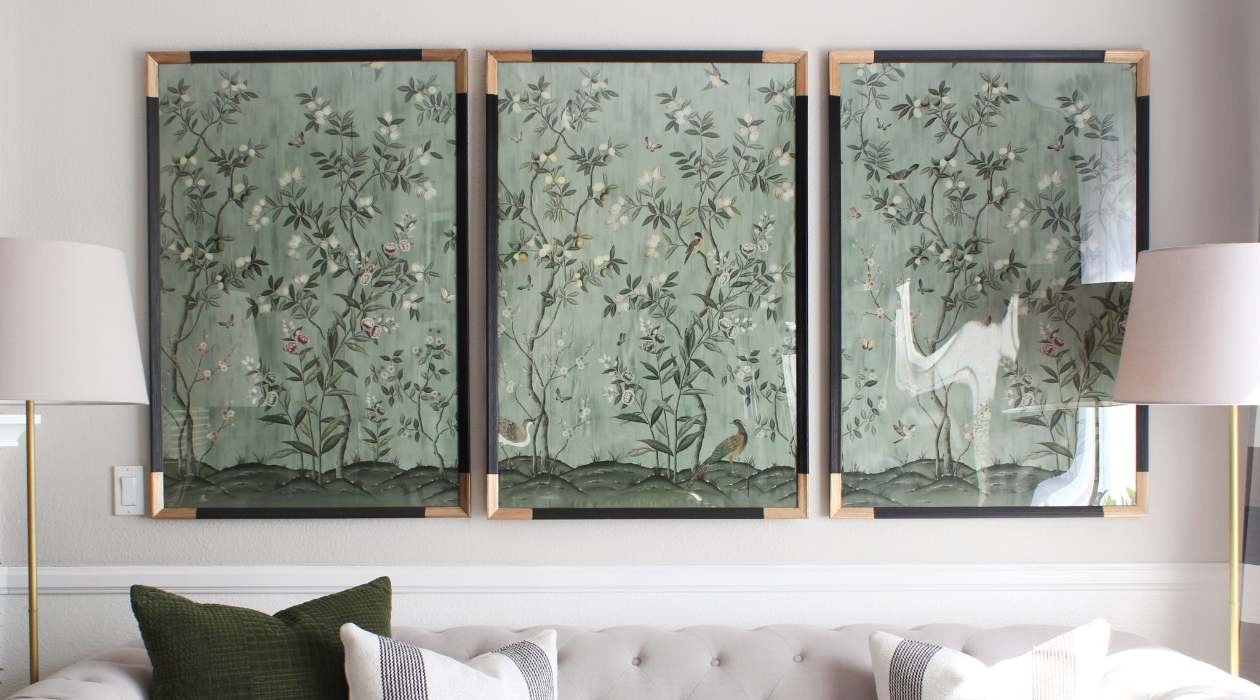
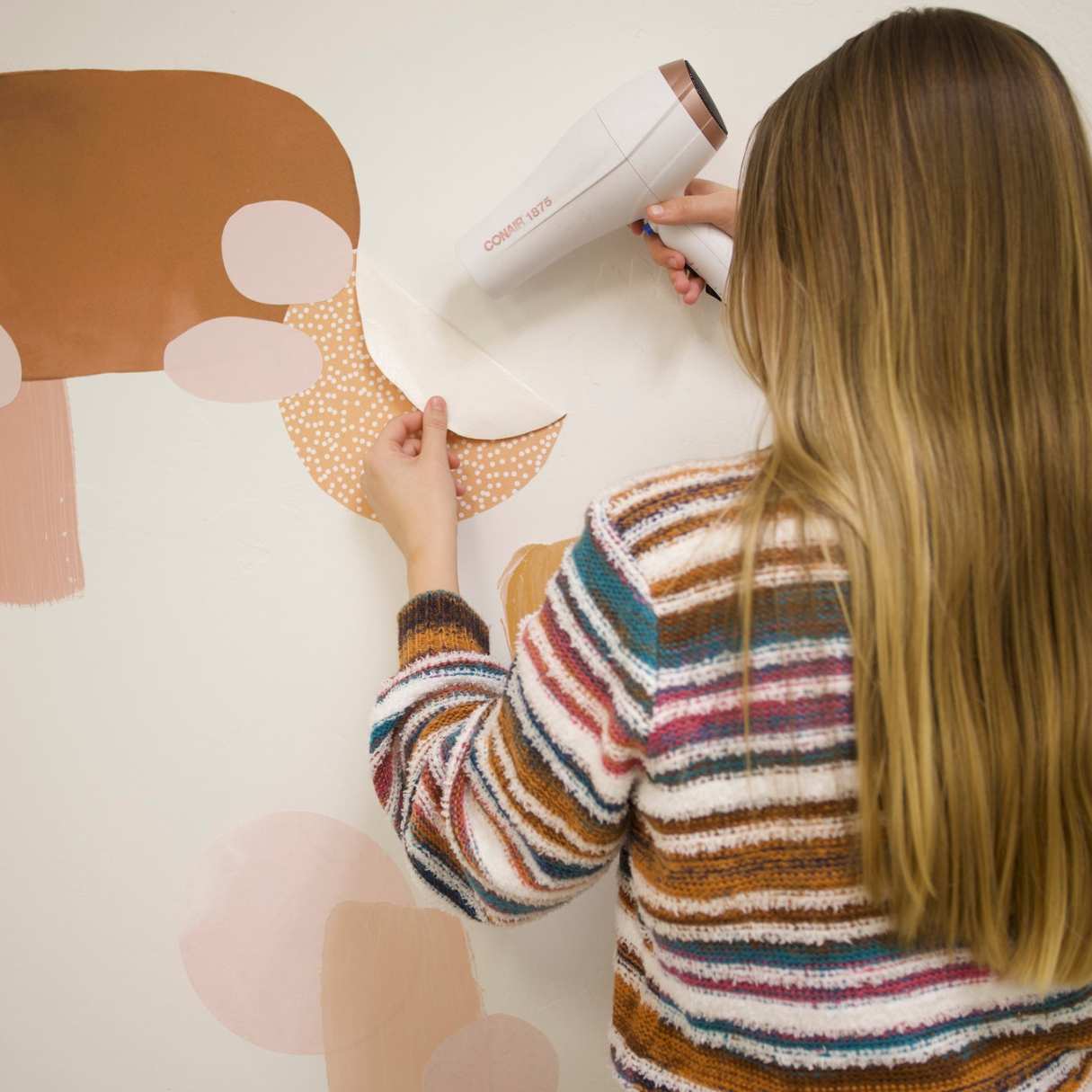

0 thoughts on “How To Style Wall Art”